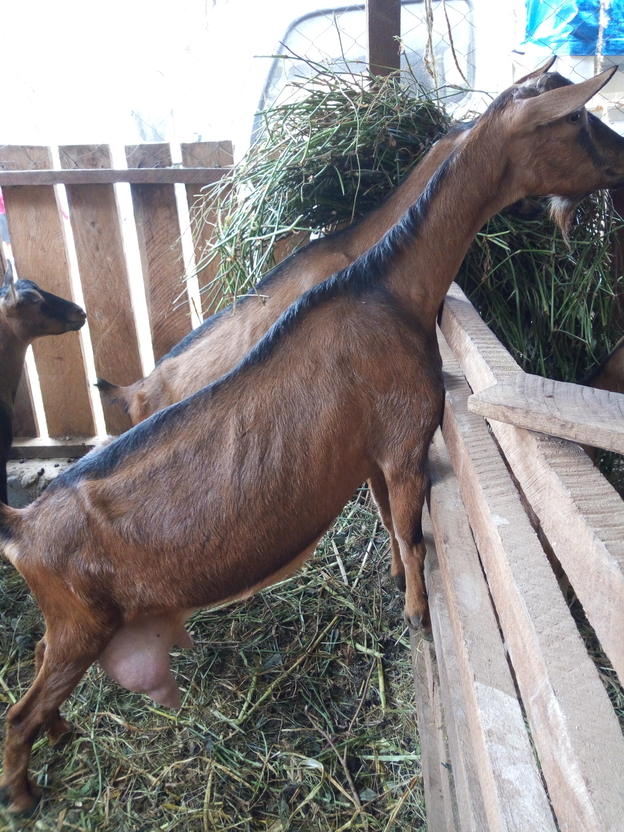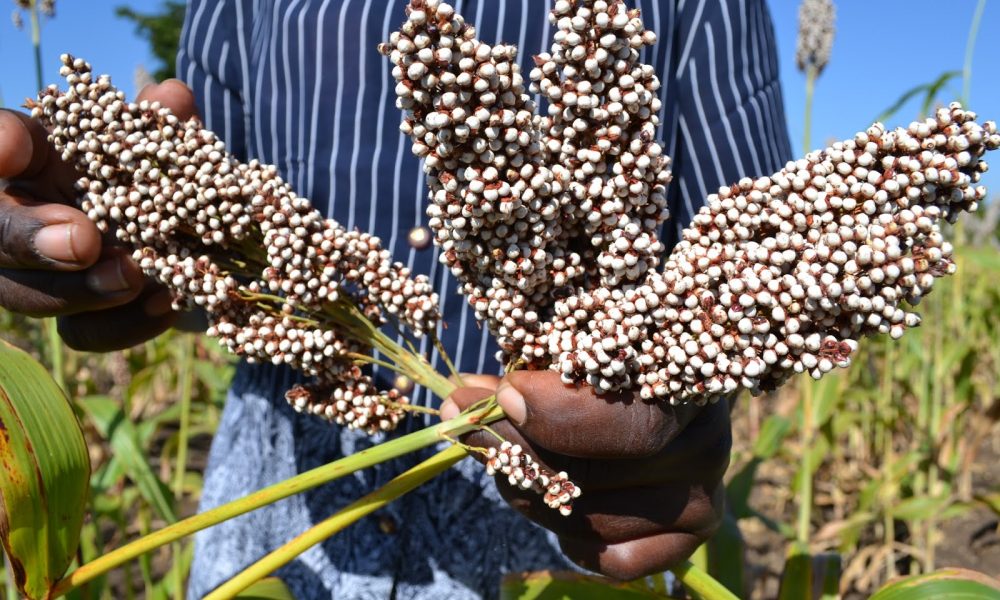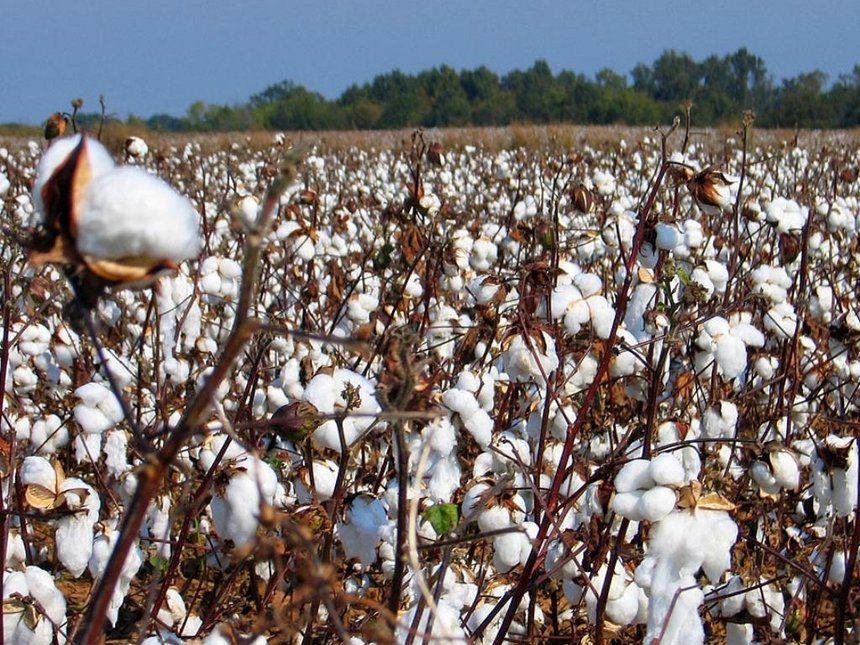
Early studies have found that nutrients like iron, calcium, magnesium and phosphorous were more easily digested and used by the body in goat milk than cow milk. Photo: Zablon Oyugi/Farmbiz Africa.
Farmers who rear five dairy goats stand to benefit 45 per cent more than those farmers rearing one dairy cow. This is because goats do not need much feeds and space to keep yet their milk always retails at high price as compared to that of a cow.
According to Hellen Kamba, a farm manager at Shambah Dairies farm based in Kangema, Murang’a County and which offers trainings to smallholder dairy goat farmers, dairy goats need less land or space and feeds as compared to the same number of dairy cows.
“Farmers need to be aware that a half an acre of Napier grass can support five dairy goats while the same measure of Napier grass only supports one dairy cow. With this knowledge out there farmers can make the right decision on which venture to pursue,” said Kamba.
She says that one dairy cow can give 20 litres of milk a day and a litre of dairy cow milk sells at Sh37 while five dairy goats can give 13 litres of milk daily fetching Sh103 per liter.
“This means that in a single day five dairy goats farmer will earn about Sh1,339 from the 13 litres much higher as compared to Sh740 from the 20 litre of milk of one dairy cow farmer and yet the production costs of the dairy goats farmer will still be much less than the dairy cow farmer,” said Kamba.
Early studies have found that nutrients like iron, calcium, magnesium and phosphorous were more easily digested and used by the body in goat milk than cow milk.
RELATED ARTICLE: Kakamega farmer earns over Sh90,000 a year from goat milk
RELATED ARTICLE: KALRO’s new goat breed suitable for arid areas has potential to yield eight liters of milk a day
RELATED ARTICLE: Goat farmers milk their way to fortune with investment groups
Shambah Dairies takes farmers through feeding, housing and protection of the goats against diseases.
Hellen advises farmers that dairy goats should be given a balanced diet like proteins rich feeds such as desmodium, lucerne, calliandra, green leaves and nutritious salt lick, which is constantly in their cages.
“To achieve maximum production from your goats, 50 per cent of your efforts should go to feeding, 25 per cent to their general care and 25 per cent to proper breeding,” said Hellen, adding that they feed their animals on hay and premix daily.
Kiringai Kamau is a dairy goat farmer and a beneficiary of Shambah Dairies. After his coffee farm failed, he decided to buy the goats at Sh12, 000 each from Nyeri. Today he is one of the suppliers of goat milk to Kibidav Dairiesin Murang’a.
Shambah Dairies farm has three breeds of goats namely Alpine (German, British and French), Toggenbergs and Saanens.
Kamba says, poor management of dairy goats is one of the main problems facing the dairy goat sub-sector in Kenya. Although farmers spend a lot of money buying dairy goats, it is a pity when one visits their homesteads and sees the condition of the goats, including the goat sheds
“Selective breeding is important, but farmers should know that breeding alone cannot give a good quality dairy goat.”
To help farmers have practical learning sessions, the farm has its own goats and facilities through which they offer the trainings.
“We keep over 80 dairy goats in total,” says Hellen. “Currently the adults are 40 and the rest are kids. Of the mature goats, we milk 30.”


















